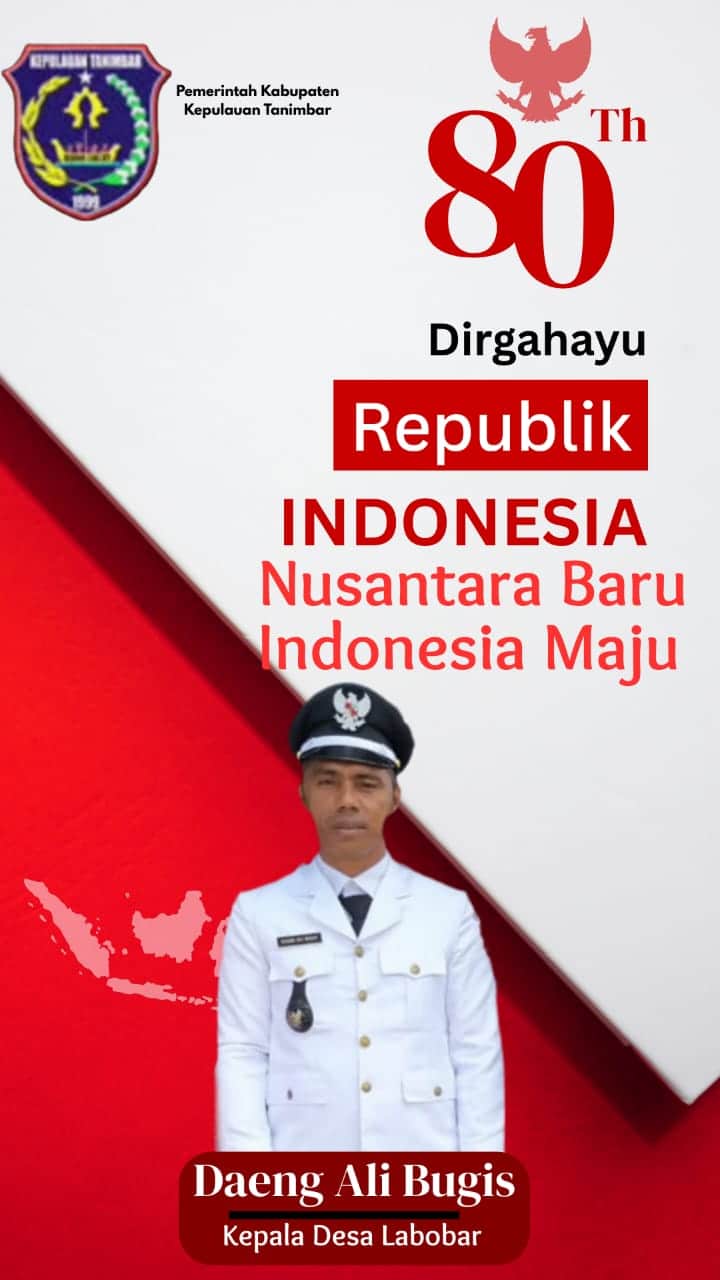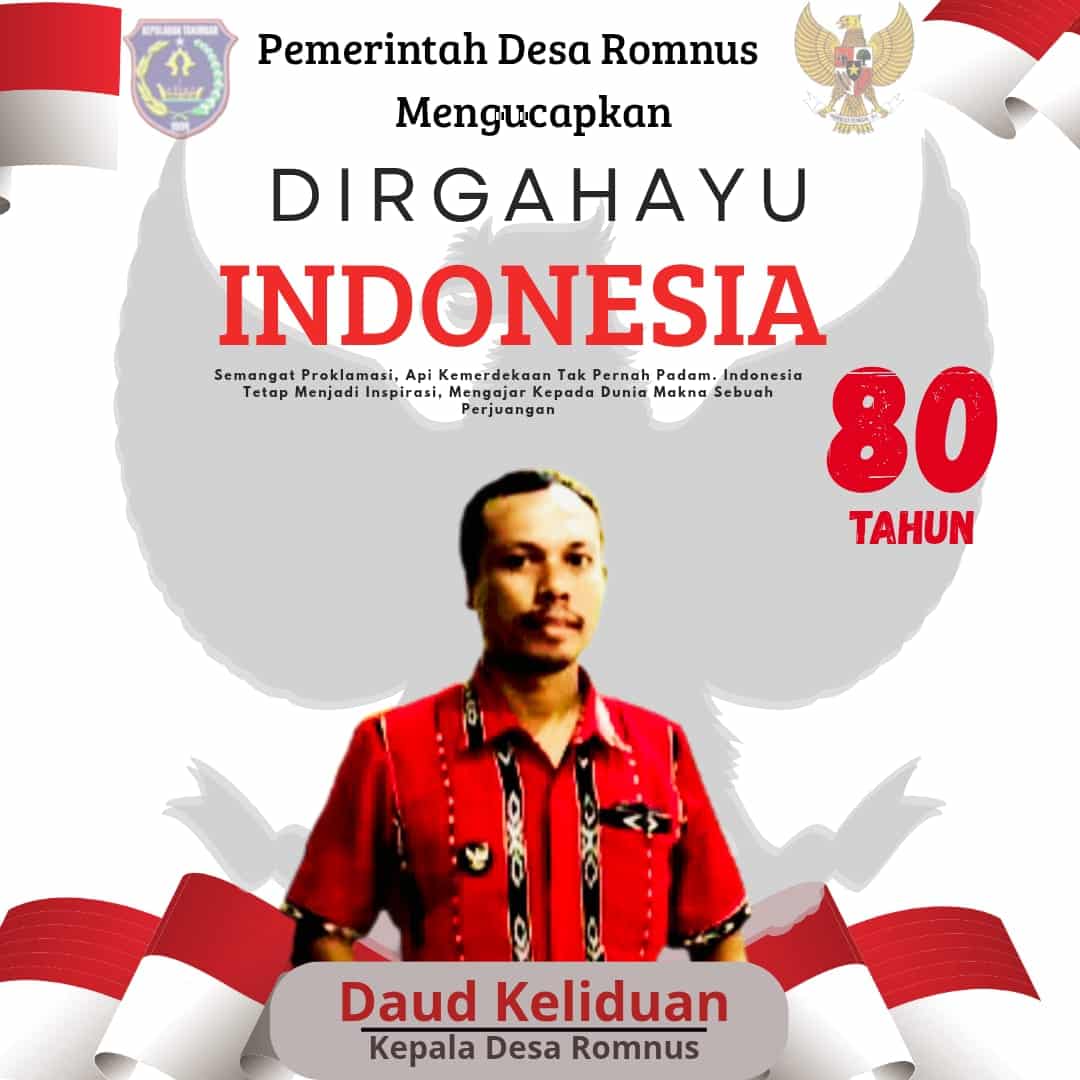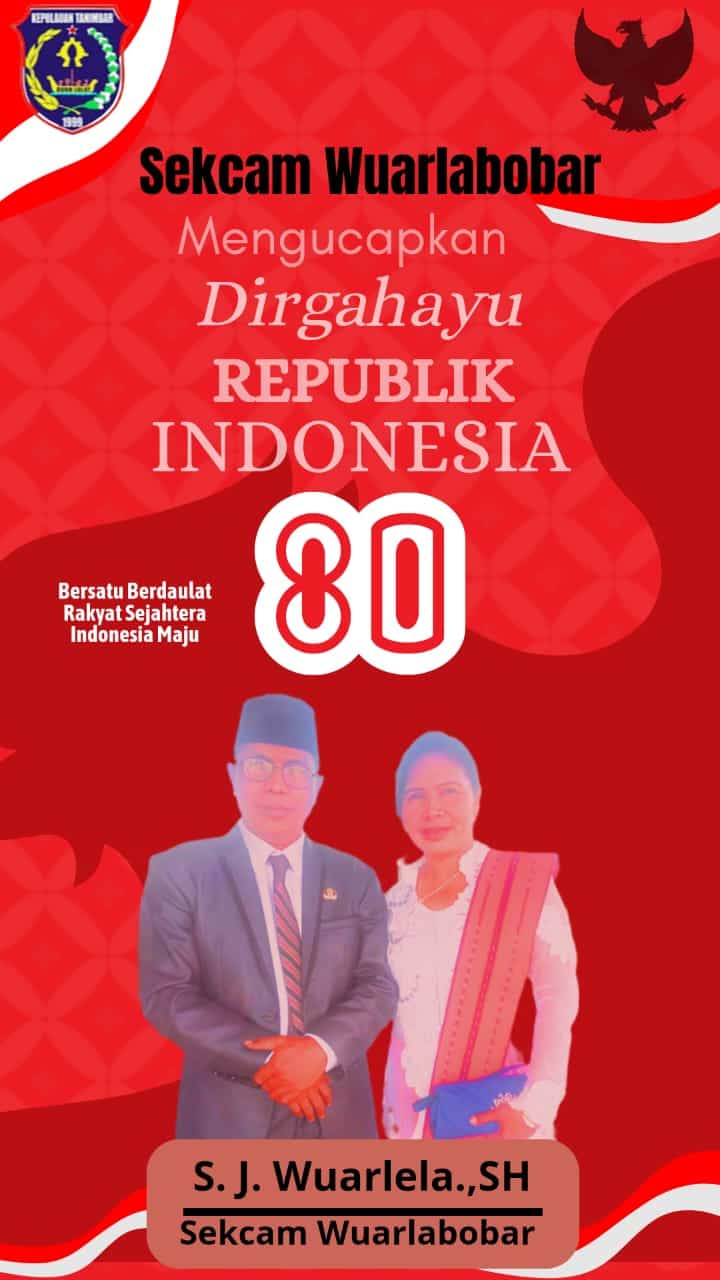The Eye of Horus stands not only as a revered symbol of protection in ancient Egyptian cosmology but also as a sophisticated geometric framework for dividing and measuring land. Far beyond myth, this symbolic emblem encoded precise proportional divisions, transforming abstract spatial concepts into tangible plots used in sacred and royal estates. Its six-part structure mirrors the practical segmentation of territory through measurable angles, ratios, and rotational symmetry—principles that underpinned Egypt’s advanced surveying traditions.
Symbolic Foundations: Cartouches, Ropes, and Sacred Geometry
Central to the Eye’s geometric logic are cartouches—oval rope patterns once used to physically demarcate royal domains. These circular forms echo the proportions seen in the Eye’s segments, symbolizing continuity and balance in land allocation. The deliberate avoidance of red pigment on sacred objects reinforces geometric harmony: red’s intensity clashed with the Eye’s balanced symmetry, reflecting a cultural reverence for stability in measured space. Cartouches and Eye of Horus share the oval form, linking symbolic protection with spatial order.
Cartouches as Rope Ovals and Geometric Anchors
“The cartouche’s oval geometry was not arbitrary—its circular pattern mirrored rope designs laid on the ground to define territory boundaries.”
Like rope ovals used in ancient rope-stretching rituals, the Eye’s segments form a continuous, balanced oval inscribed within a circle—symbolizing both divine protection and accurate measurement. This shared form suggests a unified spatial logic where myth and practicality converged, enabling surveyors to translate sacred geometry into real-world land plots.
The Six Senses and the Geometry of Sense-Based Land Mapping
The Eye of Horus’s six distinct parts symbolize the six classical senses—sight, hearing, touch, thought, judgment, and memory—each assigned a precise geometric segment. This correspondence illustrates how ancient Egyptians linked sensory perception to spatial division, ensuring land plots aligned not only with physical boundaries but with human experience. The proportional segments reflect harmonized units, aligning earthly measurement with cosmic order.
A simplified table reveals the proportional logic encoded in each segment:
| Sense | Geometric Segment |
|---|---|
| Sight | Horizontal arc dividing northern half |
| Hearing | Vertical arc marking eastern boundary |
| Touch | Central radial segment, stable base unit |
| Thought | Outer semicircle balancing proportions |
| Judgment | Proportional division into 1/6 units |
| Memory | Circular perimeter unifying all segments |
This structured mapping ensured land division reflected both human perception and divine symmetry, embedding geometry into the cultural fabric of territory management.
The Eye of Horus as a Precision Instrument: From Symbol to Surveying Tool
Originally a sacred emblem, the Eye evolved into a practical surveying guide, guiding measurements of fields and temple precincts. Its angular design—particularly 60-degree arcs and proportional ratios—enabled consistent, repeatable land plots. Surveyors used ropes knotted at sacred intervals, aligning physical space with the Eye’s geometric blueprint.
Consider this real-world application: temple lands were often divided using circular grids based on Eye proportions. A 360-degree circle segmented into six equal sections (60° each) formed a modular unit, allowing precise area calculation without complex instruments. This method combined symbolic meaning with functional accuracy, ensuring land distribution honored both divine order and practical needs.
Cultural and Mathematical Legacy: Geometry Embedded in Myth and Measurement
The Eye of Horus transcends myth as a foundational model of spatial reasoning. Its geometry reinforced the Egyptian belief that cosmic balance—divine order reflected in the heavens—was mirrored in earthly boundaries. This sacred geometry influenced later mathematical traditions, including Hellenistic and Islamic surveying methods, where proportional division and angular precision became standard.
Modern land management algorithms echo these ancient principles: dividing terrain into measurable, harmonious units, balancing precision with perception. The Eye’s legacy endures in GIS systems and cadastral design, where spatial logic remains rooted in ancient insight.
Conclusion: The Eye of Horus as a Timeless Model of Geometric Thought
The Eye of Horus exemplifies how ancient civilizations merged symbolism with applied geometry to manage space with remarkable accuracy. Its six-part structure, cartouche-inspired forms, and sensory mapping reveal a profound understanding of proportion, perception, and divine order. More than myth, it was a functional blueprint—encoding sacred geometry into the practical task of land division.
Today, this legacy invites reflection: geometry is not merely a tool, but a language shaped by culture and necessity. The Eye teaches that measurement is never neutral—it reflects values, balances forces, and connects humanity to the cosmos. For educators and learners, it remains a powerful example of how geometric thought shaped civilization’s understanding of territory, space, and order.
Try the Freeplay version to explore the Eye of Horus in action
| Key Principles of the Eye of Horus Geometry |
|---|
| Symbolic cartouche ovals mirror rope demarcations |
| Six equal segments reflect sensory and spatial harmony |
| 60° arcs enable precise, repeatable plots |
| Geometric ratios encode divine balance in practical use |
| Shared oval form unites protection and measurement |









